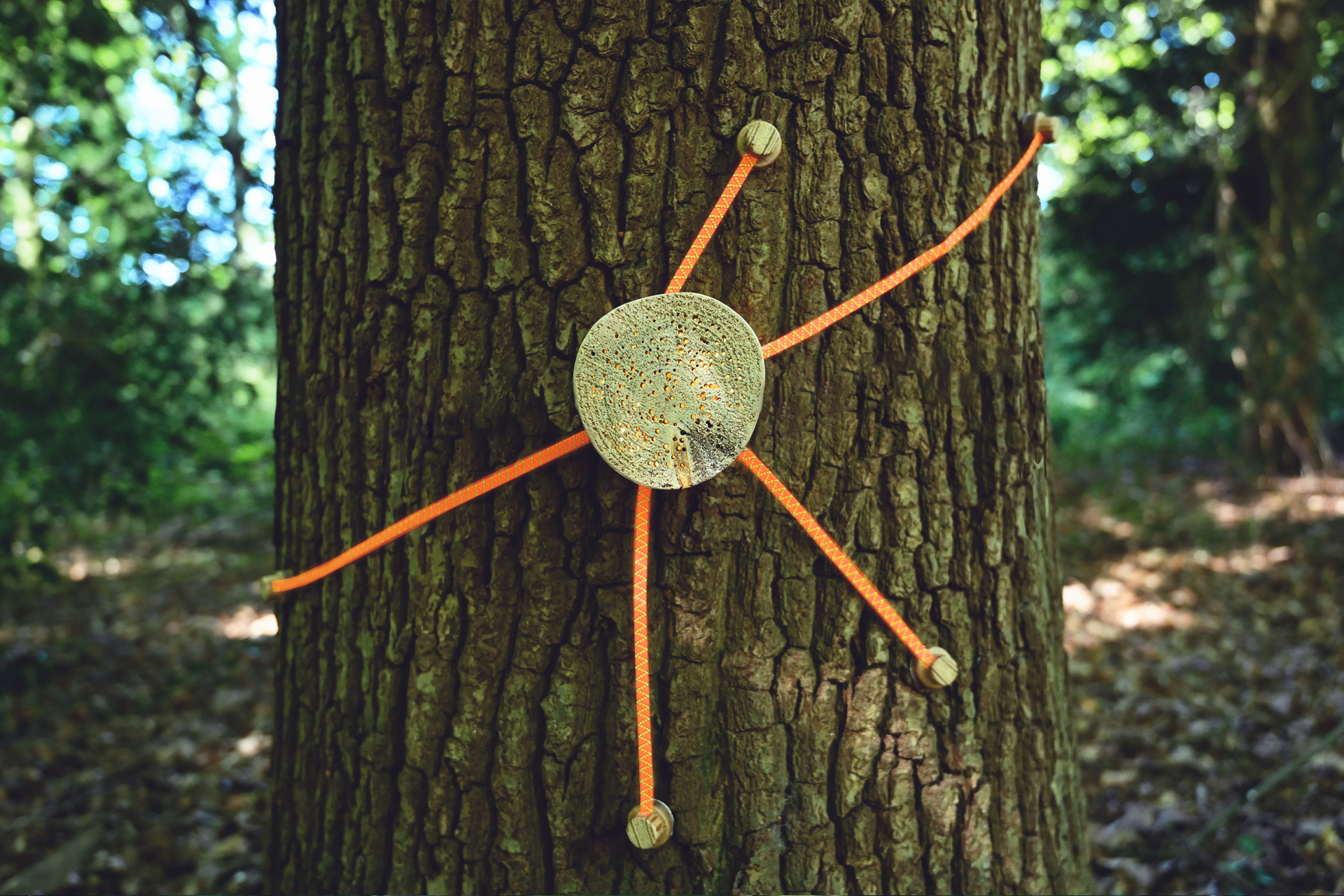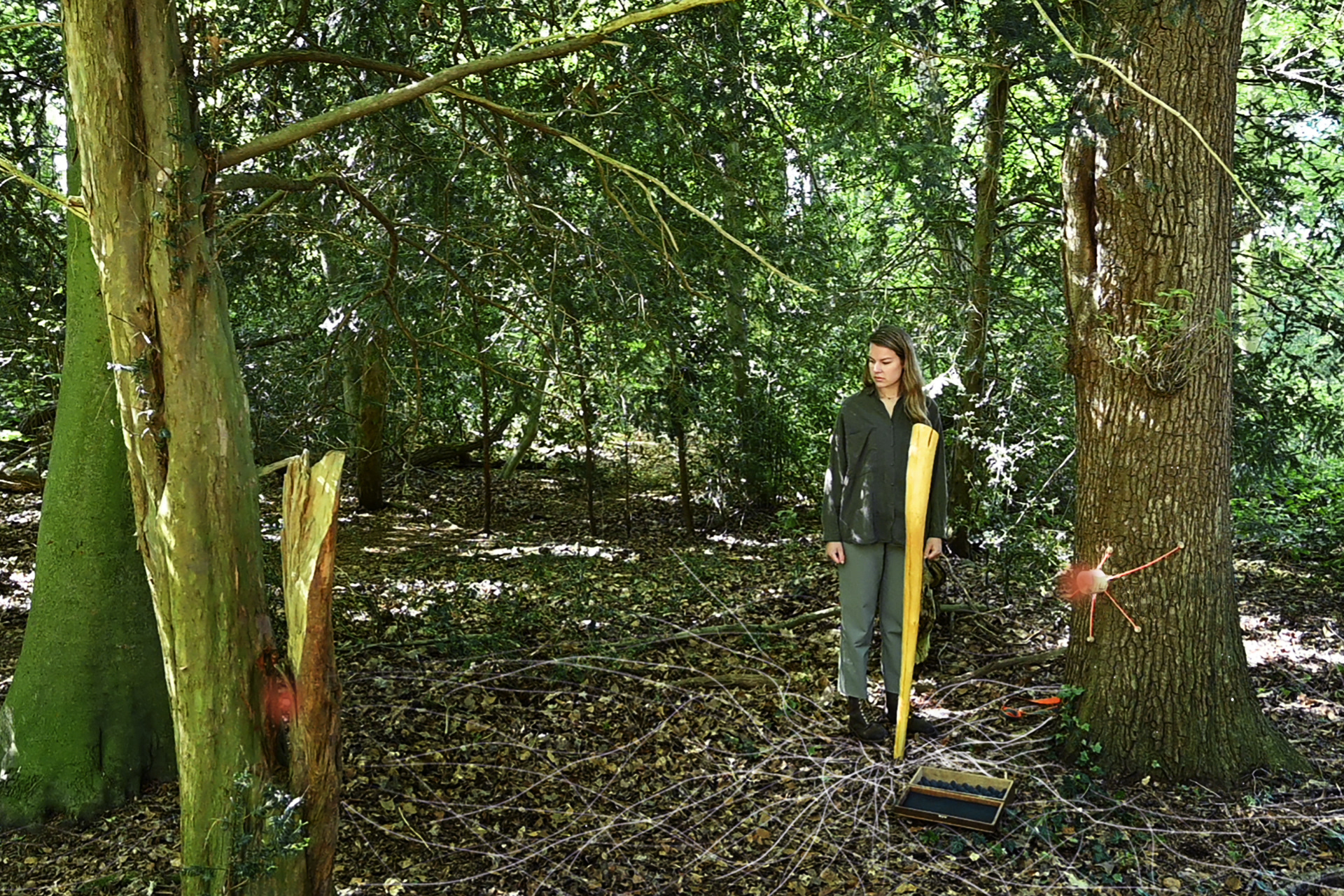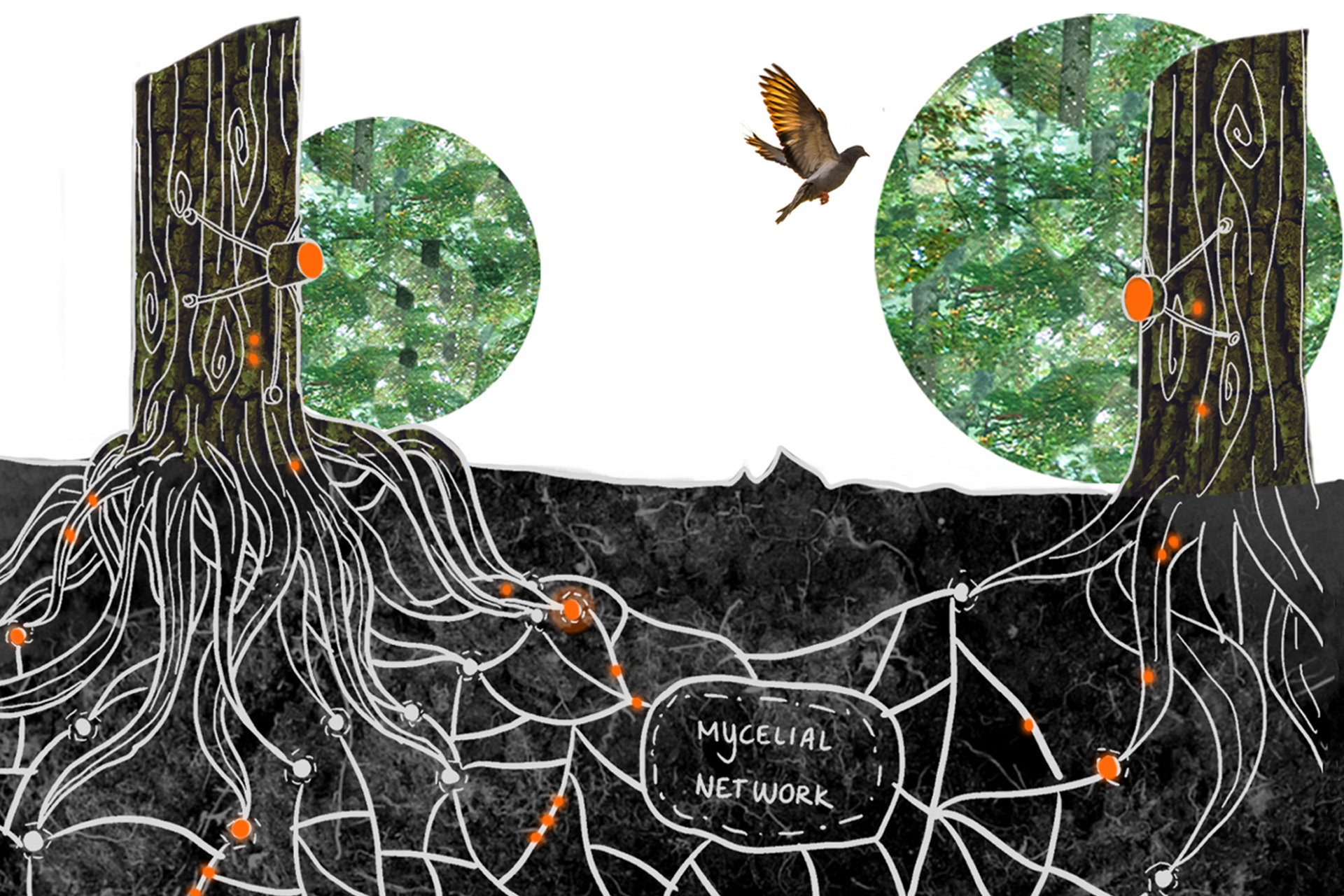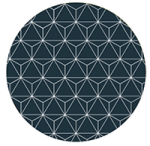Artist Interview with Romy Snijders
To promote social art, the Institute for Art and Innovation (IFAI) organizes the biennial Social Art Award. As New Greening constituted the theme of this year’s award, artists from all over the world were invited to rethink issues of environmental preservation, ecosystem recovery, biodiversity loss and so on. To generate long-term social and environmental transformations, public engagement forms an important tool. Social art enables us to imagine and achieve more sustainable and green futures together!
Romy Snijders has been awarded for being to most visionary artist of the Social Art Award 2021. Romy holds a Bachelor in Industrial Design from the Delft University of Technology and a Master in Global Innovation Design from Royal College of Art and Imperial College London. As a multidisciplinary designer, she aims to reunite the lost connection between humankind and nature that causes the shattering of planet Earth. Her project entitled SYMBIOTIC FUTURES (2020) explores how we can live in symbiosis with nature by studying the language of trees and fungi. This speculative design project consists of fictional tools that aid humans to hear and understand nature to better our relationship with the environment. In this interview, Romy touches upon issues of environmental health, collective knowledge, sustainable transformation and human-nature partnerships.
Nature-culture relationships
What does the New Greening Project mean to you and where does your artwork fit into the conversation? What do you think is the role of art in sustainable transformation?
“To me, the New Greening Project means catalyzing change for a greener world and better future. By bringing together new ways of thinking, we can collectively build new stories. My project SYMBIOTIC FUTURES encourages discussion and debate about alternative ways of being in relation to the rest of nature. I think the role of art is to question the way we live, to reflect on our societies, our cultures, and the world as a whole. I think art can reveal truths, propose alternatives and other ways of thinking that are freely explored without boundaries within or outside of current systems.”

Can you talk about the collaborative aspect of your art? What were your inspirations and how does community influence the perspective of your piece?
“In my work, many disciplines overlap and merge. It proposes interventions in very complex systems, impossible to fully know everything about. Therefore, learning from people that know more than I ever will is essential. I was lucky to have amazing conversations with mycologists, forest managers, ecologists, and others to exchange knowledge and ways of thinking. But also the collaboration with other citizens was essential to develop the work. In the speculative design experiments I conducted, the aim was to ideate, develop interactions, shape the concept together, and create collective knowledge. My work is mainly inspired by nature and the symbiotic relationships in nature, building on the extraordinary work scientists have done to shape our understanding.”
Did you face any limitations when turning the vision of your work into reality?
“The covid pandemic limited the possibilities of development, workshops, meeting people, etc. This, of course, is not important at all compared to consequences of the pandemic worldwide.”

Art to improve environmental health
To what extent do you see your work bringing different meanings to the New Greening vision? What type of conversation does it introduce with respect to our future goals as a society and regarding sustainable transformation?
“My work presents a vision of what New Greening might look like in the future. It is an example of the envisioning of positive futures. The project invites conversations about how we might live in symbiosis with nature and improve our environmental health, about the wonders of nature, and the exciting science of trees and fungi. I believe that stories, like proposed in my project, can contribute to change our values, beliefs, attitudes, and behavior in relation to the rest of nature and help us achieve our future goals and sustainable transformation.”
What do you wish to let the viewer know about your work that might not come out explicitly? What do you hope to inspire with your artwork?
“I hope that my work contributes to breaking the mythology of separation between humans and the rest of nature and that it inspires people to envision and share new stories of interconnectedness and our place in the ecosystem. Furthermore, I hope my work can contribute directly or indirectly to the improvement of our environmental health.”

Multispecies life
On a planet where humans have placed themselves on a pedestal, the Earth’s natural ecosystem is thrown off balance. The format of speculative design enabled Romy Snijders to open up conversation about ways to live in symbiosis with nature instead of just exploiting it. As she assigns non-humans such as trees and fungi a more prominent role, SYMBIOTIC FUTURES destabilizes the established binary hierarchy between nature and culture. In this way, Romy’s project shows what our future could look like when humans no longer occupy a superior position. Therefore, SYMBIOTIC FUTURES fosters a debate on new ways of co-creating and co-living with nature to preserve and improve environmental health. As such, her work illustrates how art and design help to reconsider and redefine fixed conventions, and thus, how they can bring about social and ecological transformation.
Want to read more about Romy Snijders’ projects? Go to her website!
– Interview by Antje Jacobs
